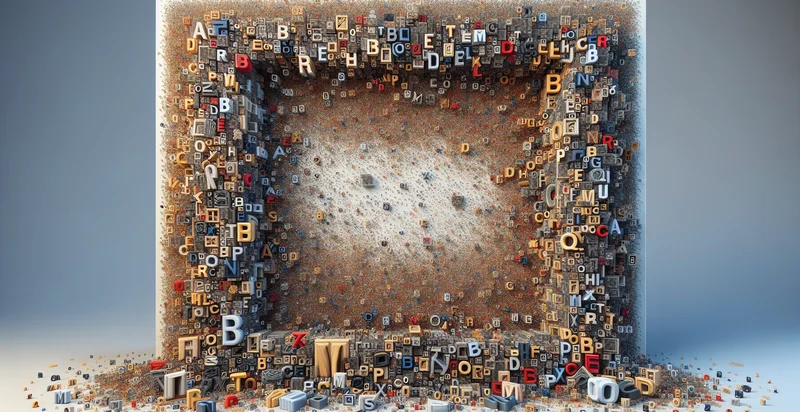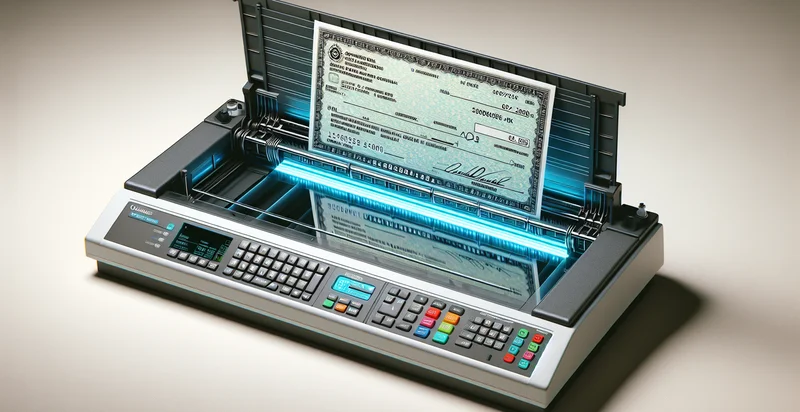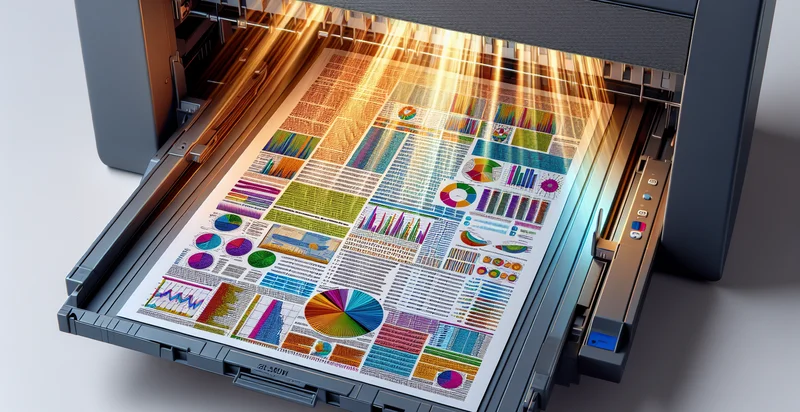Identify letter sizes
using AI
Below is a free classifier to identify letter sizes. Just upload your image, and our AI will predict what the size of the letter is - in just seconds.

Contact us for API access
Or, use Nyckel to build highly-accurate custom classifiers in just minutes. No PhD required.
Get started
import nyckel
credentials = nyckel.Credentials("YOUR_CLIENT_ID", "YOUR_CLIENT_SECRET")
nyckel.invoke("letter-sizes", "your_image_url", credentials)
fetch('https://www.nyckel.com/v1/functions/letter-sizes/invoke', {
method: 'POST',
headers: {
'Authorization': 'Bearer ' + 'YOUR_BEARER_TOKEN',
'Content-Type': 'application/json',
},
body: JSON.stringify(
{"data": "your_image_url"}
)
})
.then(response => response.json())
.then(data => console.log(data));
curl -X POST \
-H "Content-Type: application/json" \
-H "Authorization: Bearer YOUR_BEARER_TOKEN" \
-d '{"data": "your_image_url"}' \
https://www.nyckel.com/v1/functions/letter-sizes/invoke
How this classifier works
To start, upload your image. Our AI tool will then predict what the size of the letter is.
This pretrained image model uses a Nyckel-created dataset and has 17 labels, including A4 Size, A5 Size, Business Card, Card Size, Envelope, Flat Letter, Folded Letter, Gift Box, Invitation Size and Large Letter.
We'll also show a confidence score (the higher the number, the more confident the AI model is around what the size of the letter is).
Whether you're just curious or building letter sizes detection into your application, we hope our classifier proves helpful.
Related Classifiers
Need to identify letter sizes at scale?
Get API or Zapier access to this classifier for free. It's perfect for:
- Document Quality Assessment: The 'letter sizes' identifier can be integrated into document processing systems to automatically evaluate the quality of scanned images. By identifying inconsistently sized letters, businesses can flag documents that may need rescaling or reformatting for improved readability and professionalism.
- Optical Character Recognition (OCR) Optimization: In OCR applications, the function can help enhance accuracy by identifying variations in letter sizes that may confuse traditional character recognition algorithms. By preprocessing images to standardize letter sizes, the overall performance of OCR systems can be significantly improved.
- Digital Archiving Standards Compliance: Organizations can utilize the identifier to ensure that scanned documents meet specific digital archiving standards, where consistent letter sizes are often a requirement. This can aid in maintaining uniformity and accessibility in large archival projects.
- Marketing Material Evaluation: Businesses can use the function to assess marketing materials for consistency in font size and presentation. Effective branding relies on visual consistency, and identifying discrepancies can help ensure that promotional content adheres to brand guidelines.
- Text Analysis for Sentiment Scores: In text mining applications, the letter size identifier can contribute to the preprocessing phase by identifying anomalies that may distort sentiment analysis results. By standardizing letter sizes in training datasets, businesses can achieve more reliable outcomes in customer feedback analysis.
- Educational Resource Development: Educators can use the function to analyze learning materials aimed at different age groups, ensuring that letter sizes are appropriate for students. This can support the creation of more effective reading materials tailored to the specific needs of learners.
- Quality Control in Printing: Printing companies can employ this identifier to conduct quality control checks on print jobs, ensuring that all text features are consistent with design specifications. By identifying variations in letter sizes, businesses can reduce errors and improve the final product’s quality, leading to higher customer satisfaction.


